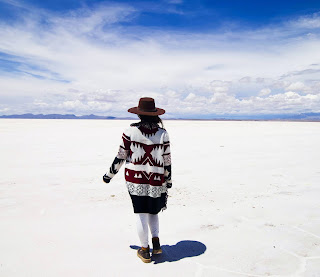
Foto: cortesía de Jeison Higuita en unplash.com
El presente trabajo tiene como propósito problematizar las representaciones sobre lo femenino en el ámbito de la minería andina. Con un corpus de novelas producidas por autores de Bolivia y Perú, entre mediados del siglo XX y la actualidad, indagaré zonas de las obras donde se manifiesten las relaciones entre lo femenino, la fertilidad y lo diabólico (o monstruoso) con el terreno que habitan, trabajan y transforman los mineros. Siguiendo a David Elí Salazar (2004) y a los postulados de la semiótica del cuerpo, indagaré las percepciones de lo que yo llamo el “universo minero” como entidades estésicas. Aprehender la espacialidad desde el antropomorfismo significa en la literatura minera el dialogismo entre condiciones materiales de la explotación de los trabajadores y la cosmovisión andina; la conformación de una cultura de la resistencia desde su labor cotidiana.
Abstract
This paper aims to do research into the feminine representations in the field of Andean mining. With authors from Bolivia and Peru, between the middle of the 20th century and the present, I will seek for areas where the feminine, the fertility and the diabolical fuses with the work and world of the miners. Also, according to David Elí Salazar´s (2004) theory and the semiotics of the body, I will investigate the perceptions of what I call the “mining universe” as esthetic entities. To my mind, to perceive space with anthropomorphic aspects means in mining literature the dialogue between material conditions of the miners and the Andean worldview, the moulding of a culture of resistance from their daily work


